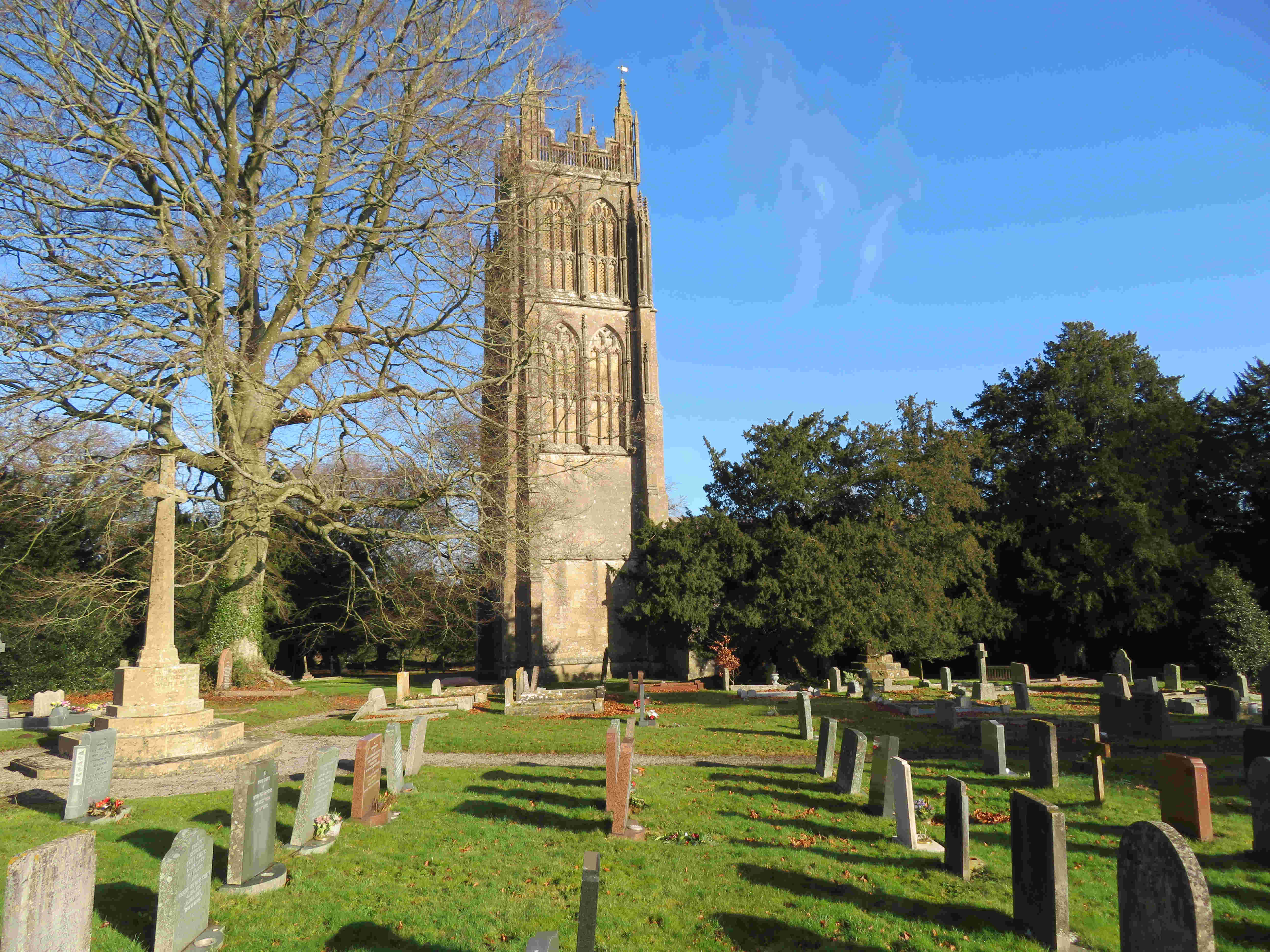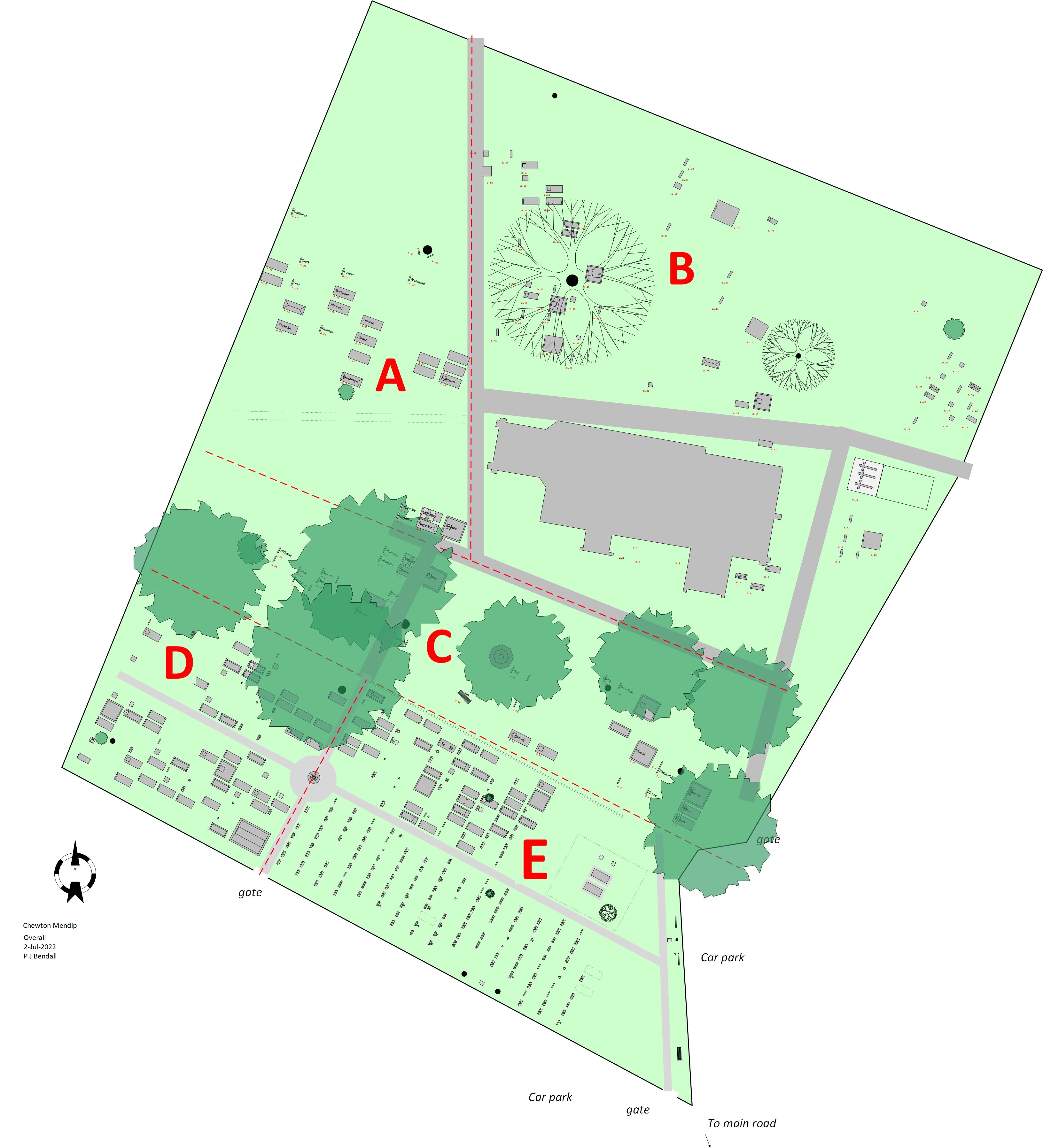The church is considered to be a Saxon establishment with work from the 12th to 16th centuries with the tower completed in the 16th centur y.
y.
An account of a meeting of the Incorporated Church Building Society in 1865 reported that a grant had been made “towards enlarging or otherwise increasing the accommodation in the parish church of Chewton Mendip, near Bath”. (Bath Chronicle Thu 27 Apr 1865 p3). The plan was to add 101 seats, 92 being free. (Bath Chronicle Thu 28 Sep 1865 p3) and £1000 was raised through the church rates (Bath Chronicle Wed 4 Oct 1865 p3). Despite the reinstallation of bells in 1874, bellringing was suspended in 1879 due to damage to the tower. The tower was restored in 1891 with new west doors installed (Bristol Times and Mirror of Tue 31 Mar 1891 p6). The churchyard was extended in the early part of the 20th century (Wells Journal of Thu 23 Dec 1909 p3) “At Chewton Mendip church there is a gargoyle which shows a poor old medieval "party" suffering from a grievous toothache, supporting his cheek with his hand, whilst he ruefully gazes at you!” (Bristol Times and Mirror of Sat 2 Nov 1884 p9). A memorial cross was erected in the churchyard in 1919 and dedicated by the vicar “in the presence of a large congregation of parishioners, which included the Earl and Countess Waldegrave, Lord Chewton, and Lady Strachie” (Shepton Mallet Journal of Fri 7 Nov 1919 p4:)
The older memorials are to the west and north of the church. On a visit in the 1990s many of the surviving headstones in this area were found to be weathered and illegible. South of the church is the 20th century extension. This is arranged in a grid with, near the centre, the war memorial.
The church has been listed as Grade I by Historic England.
